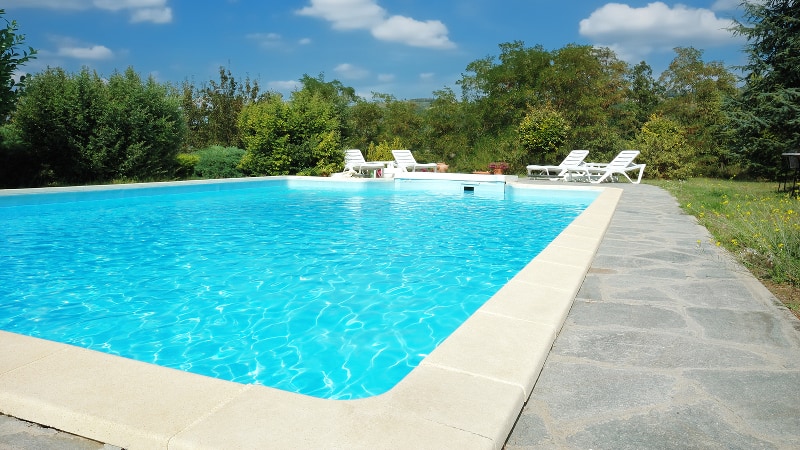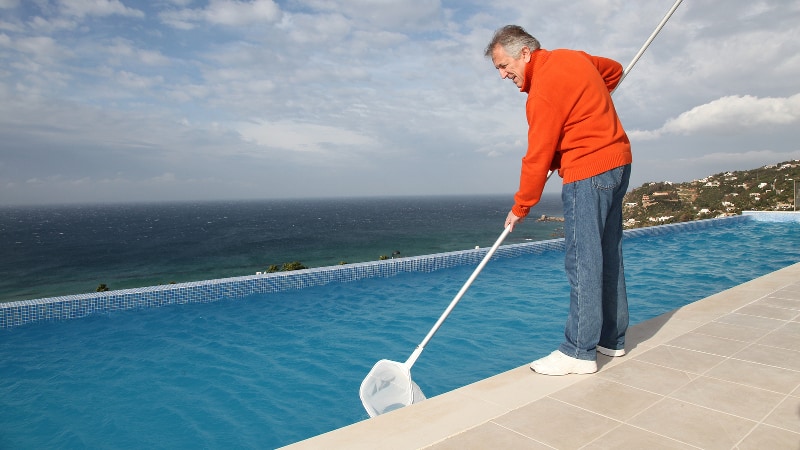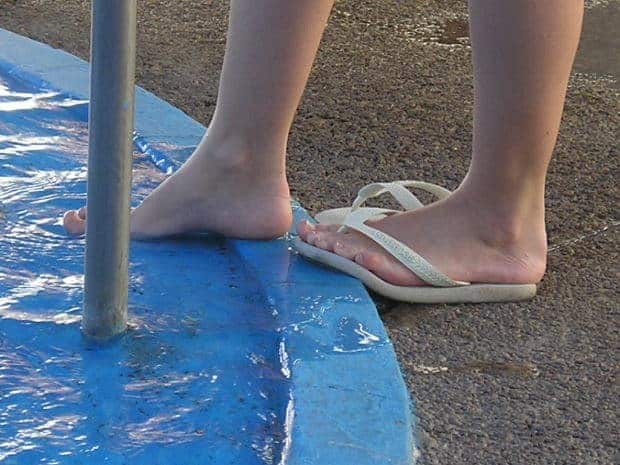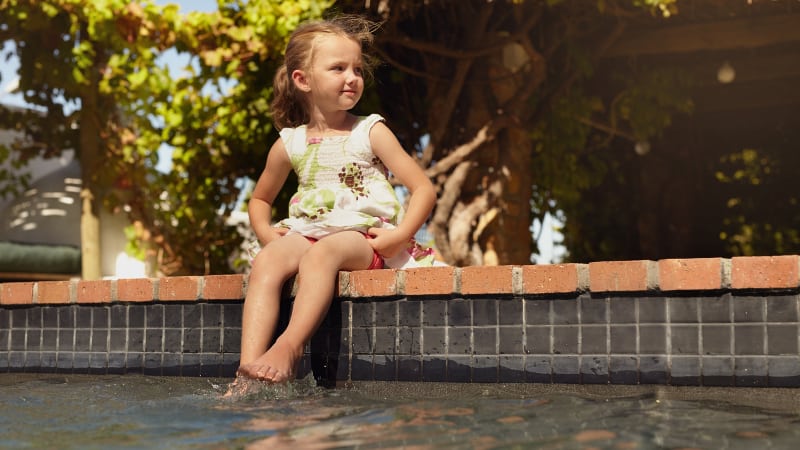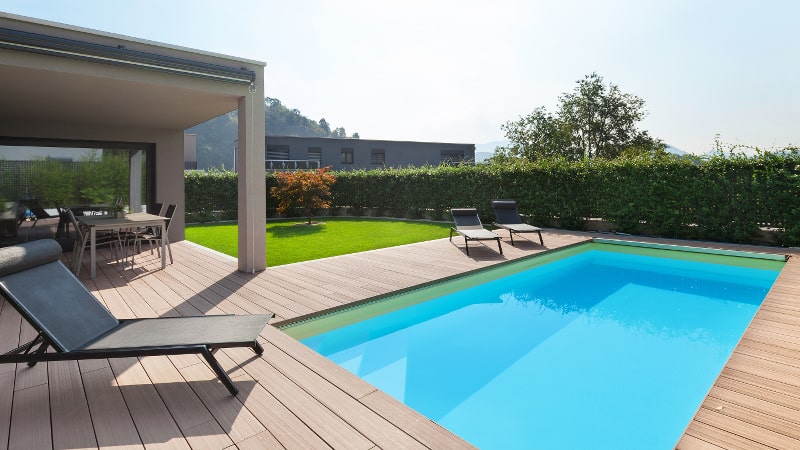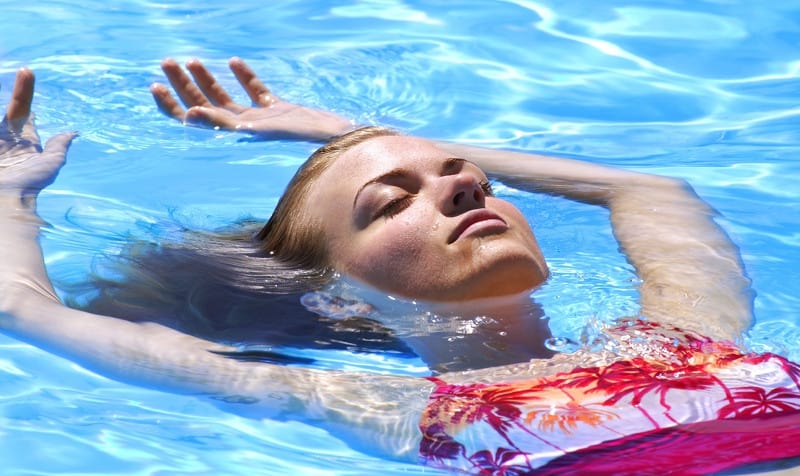
Some like their swimming pools cool and refreshing. Others like them warm and relaxing. On the subject of pool temperature, it’s truly a case of different (swimming) strokes for different folks.
Even the experts disagree on the ideal pool temperature. Many recommend a temperature of 82-84 degrees. However, there are also convincing arguments for water temperatures outside of that range.
So what’s a pool owner to do? The truth is that you can’t determine the right temperature for a pool without considering how, and by whom, it’s going to be used. If you want your pool to be comfortable and safe for the people who use it most, here are the factors to look at.
Activity
If the pool is primarily used for lap swimming or other forms of strenuous exercise, you can generally get by with a lower water temperature. It fact, a too-warm pool could be stifling or even dangerous for someone whose body temperature is significantly elevated through exercise. That’s why many competitive swimming organizations have regulations dictating a water temperature below 82 degrees.
That said, for less intense physical activity, there’s an argument for turning the temperature up. Among other benefits, warmer water loosens up muscles and reduces the risk of injury.
Of course, many pools – residential pools in particular – are used for nothing more than lounging around. Folks who are taking a dip generally appreciate warmer water. However, if people are mostly just floating on top of the water or using the pool as a backdrop for sunbathing, you might as well save on energy costs and keep the temperature on the low end.
Age and Health
Babies, young children, and seniors generally prefer warmer water, and may hesitate to climb into a cooler swimming pool. So, if the people using your pool are on the young or old end, that’s a strong indication that you need to turn up the temperature. If you’re planning a new pool, it might also be a good reason to consider a warm, shallow area such as that provided by a baja shelf.
Certain medical conditions like pregnancy, arthritis, and Parkinson’s may also call for a higher water temperature. For more information, see these guidelines provided by the Aquatic Exercise Association. Of course, for specific health concerns, follow the usual advice and consult a doctor.
Environment
Finally, you can’t zero in on the ideal water temperature without considering outside factors like air temperature, sun, and wind. These things all have a direct impact on water temperature, but they also play an obvious role in how comfortable people feel when using the pool. You may not be able to control the elements – at least not if we’re talking about an outdoor pool – but you can adjust the water temperature to compensate.
Of course, whether we’re talking about pushing water temperature up with a pool heater, or down with something like a pool aerator, there’s always a price to be paid. How much are you willing to spend in order to achieve a comfortable pool temperature (despite those outside factors)? The answer to that question is part of the equation, and it means that your ideal pool temperature could very well change between April and July.
The bottom line on pool temperature is that there’s no simple answer. Ultimately, the best way to sort it out is to experiment and find out what works for the people who use the pool. Just don’t expect everyone to agree.


